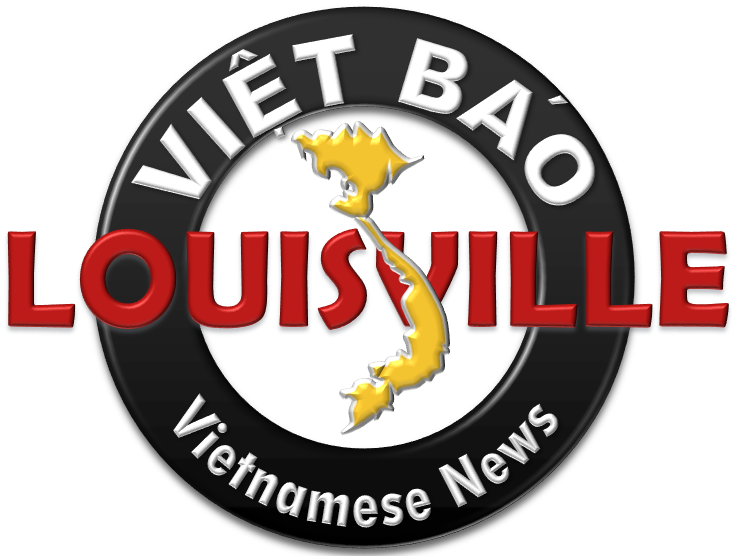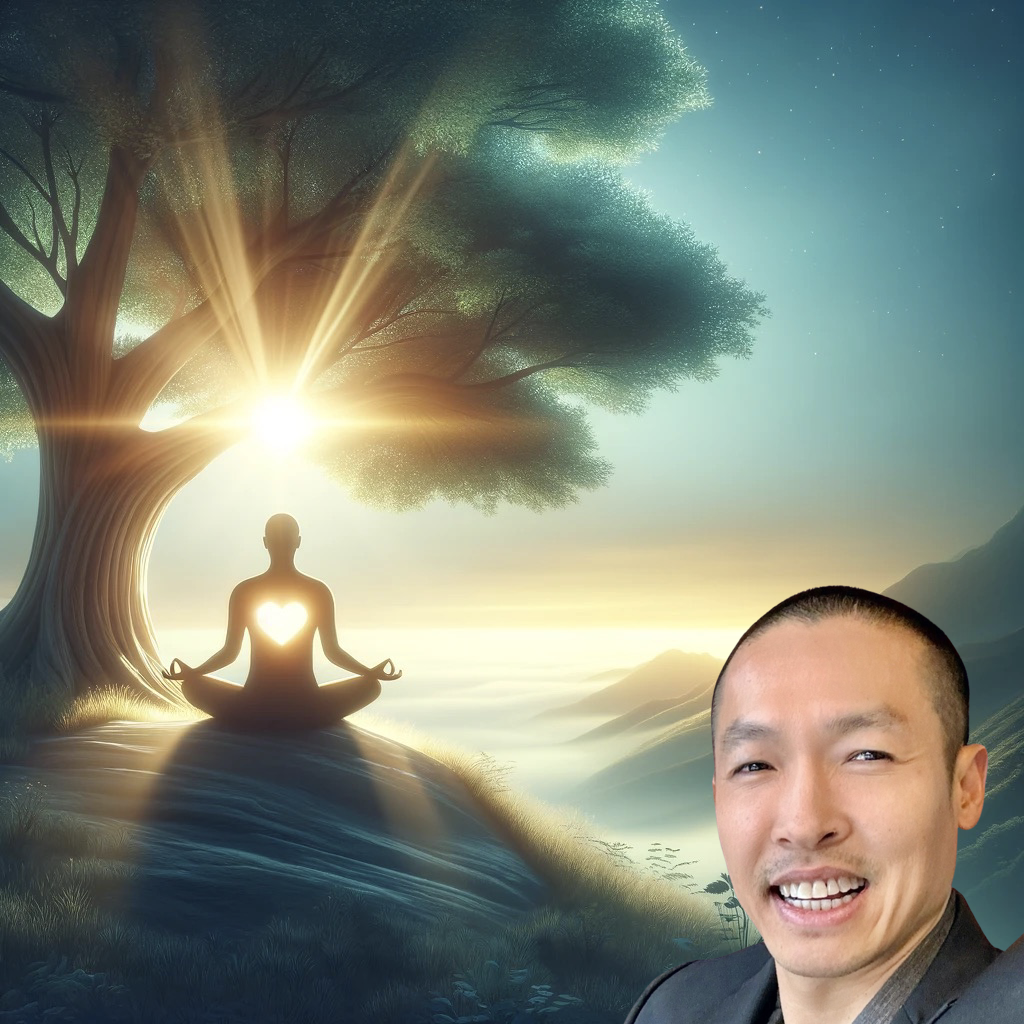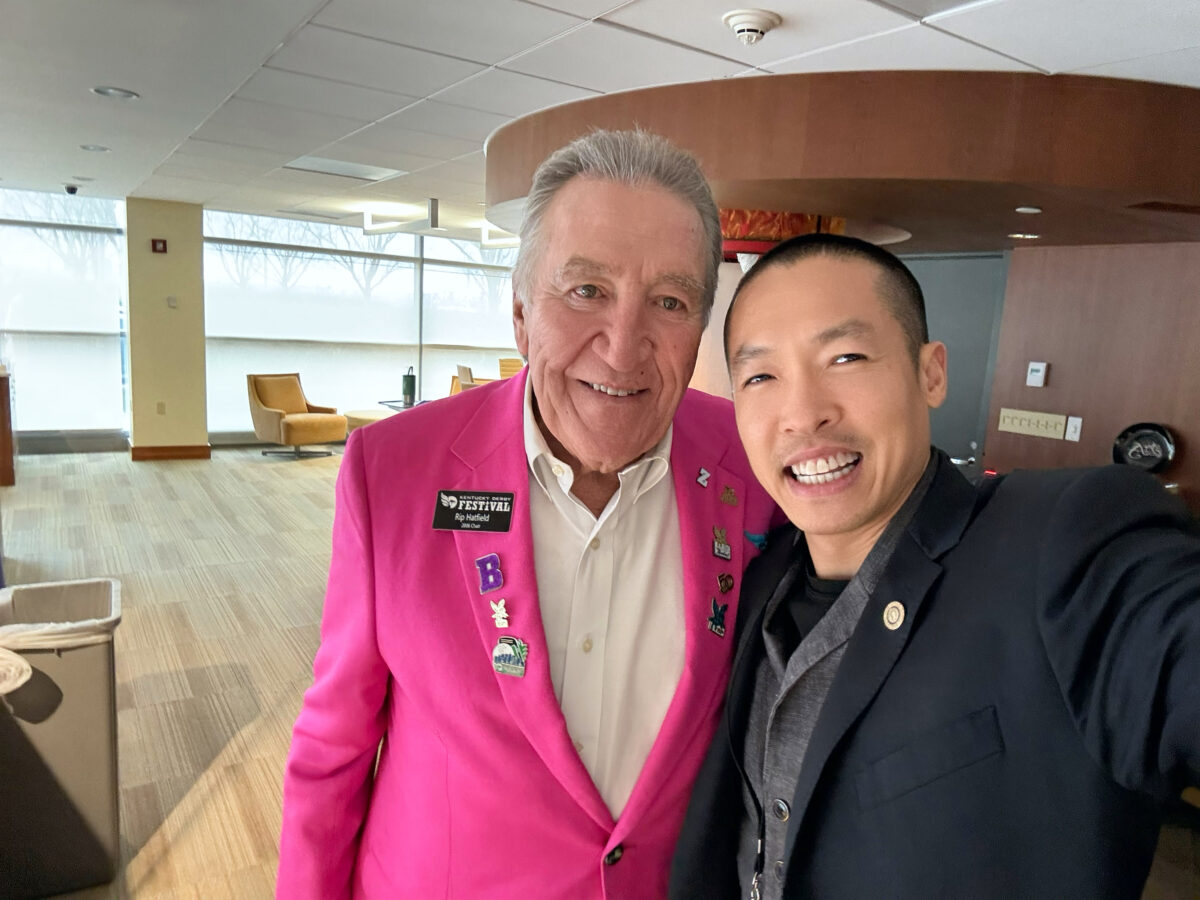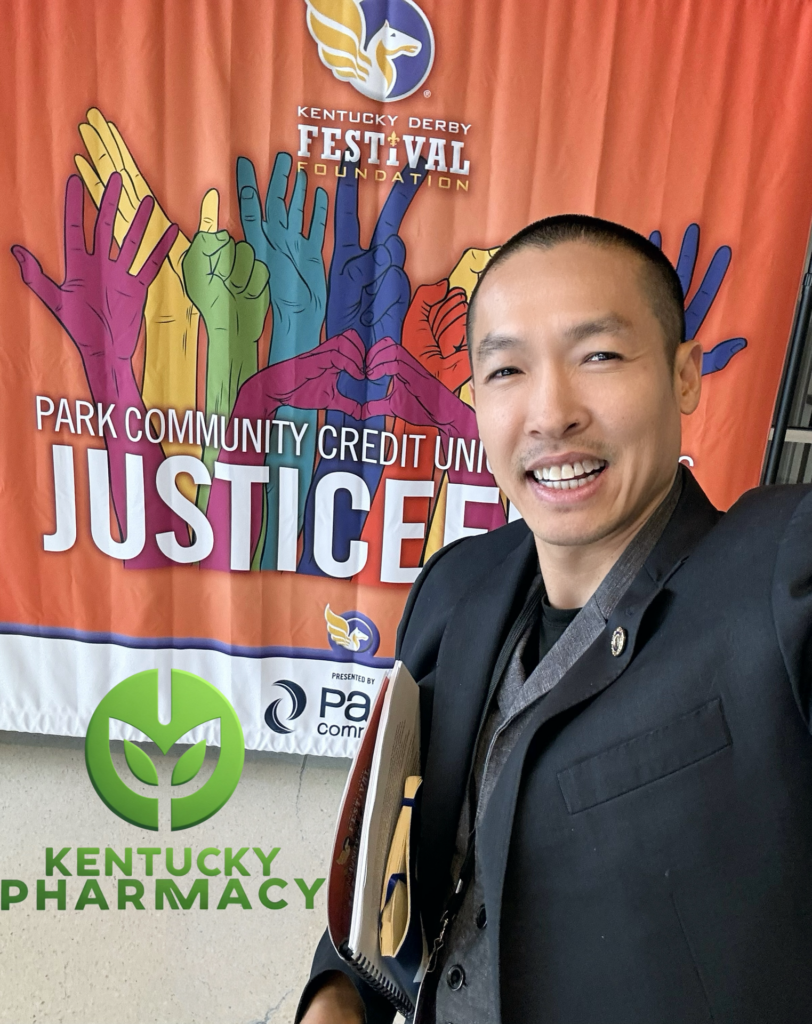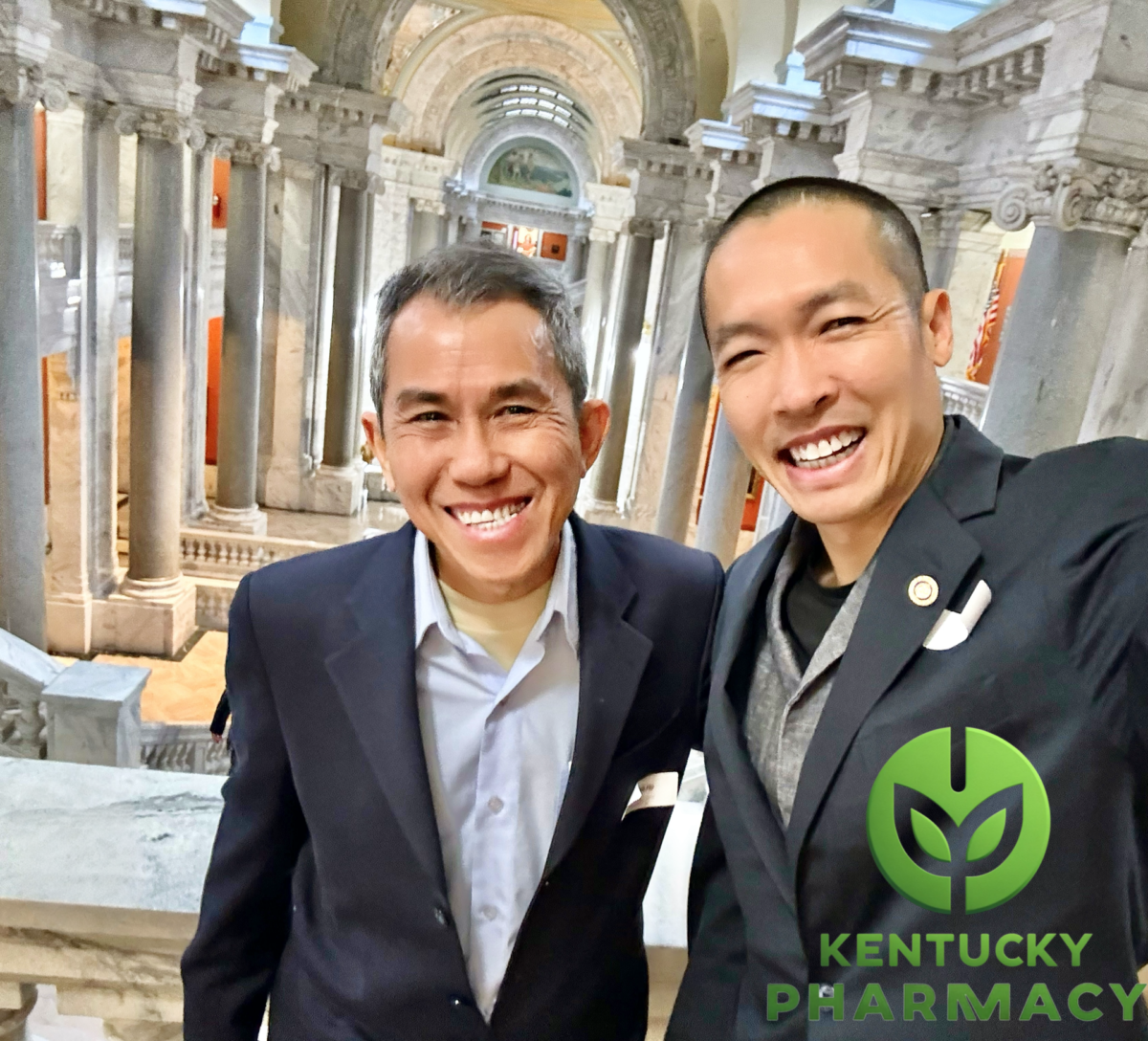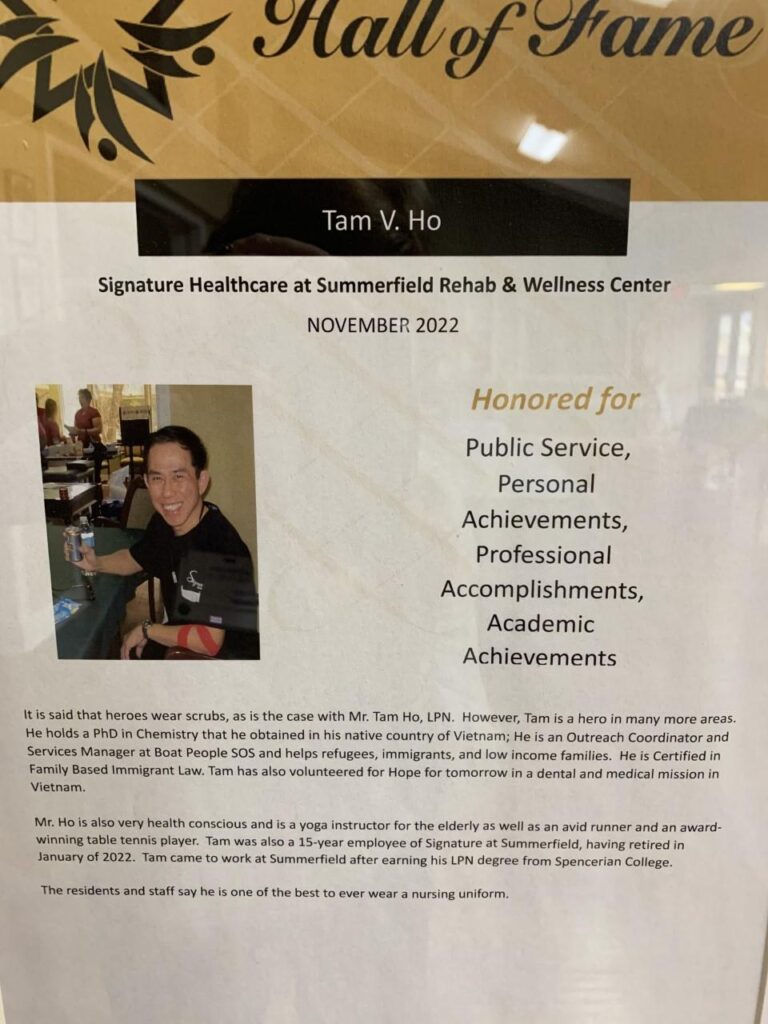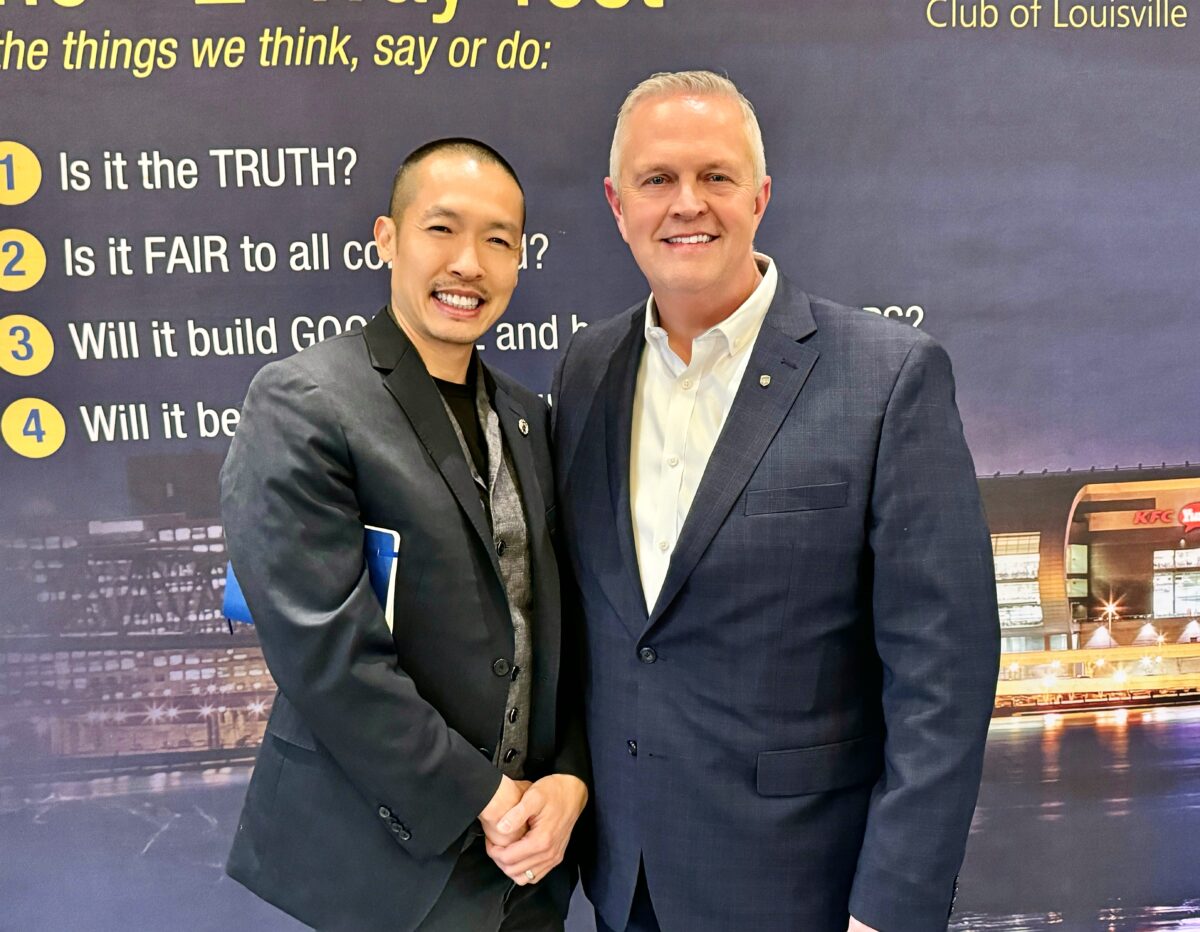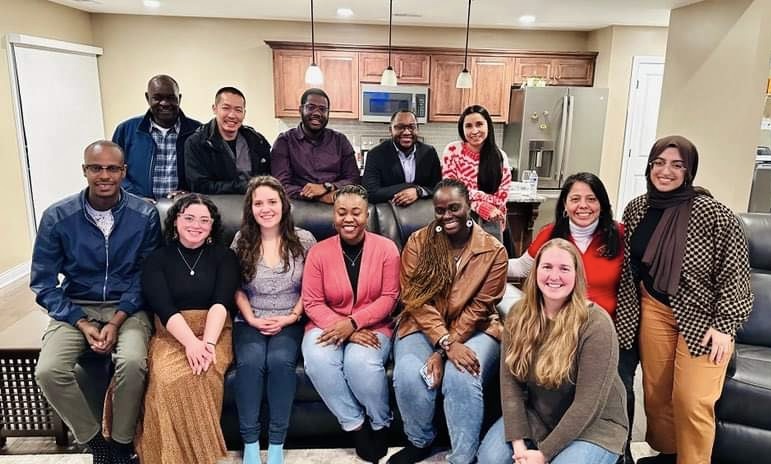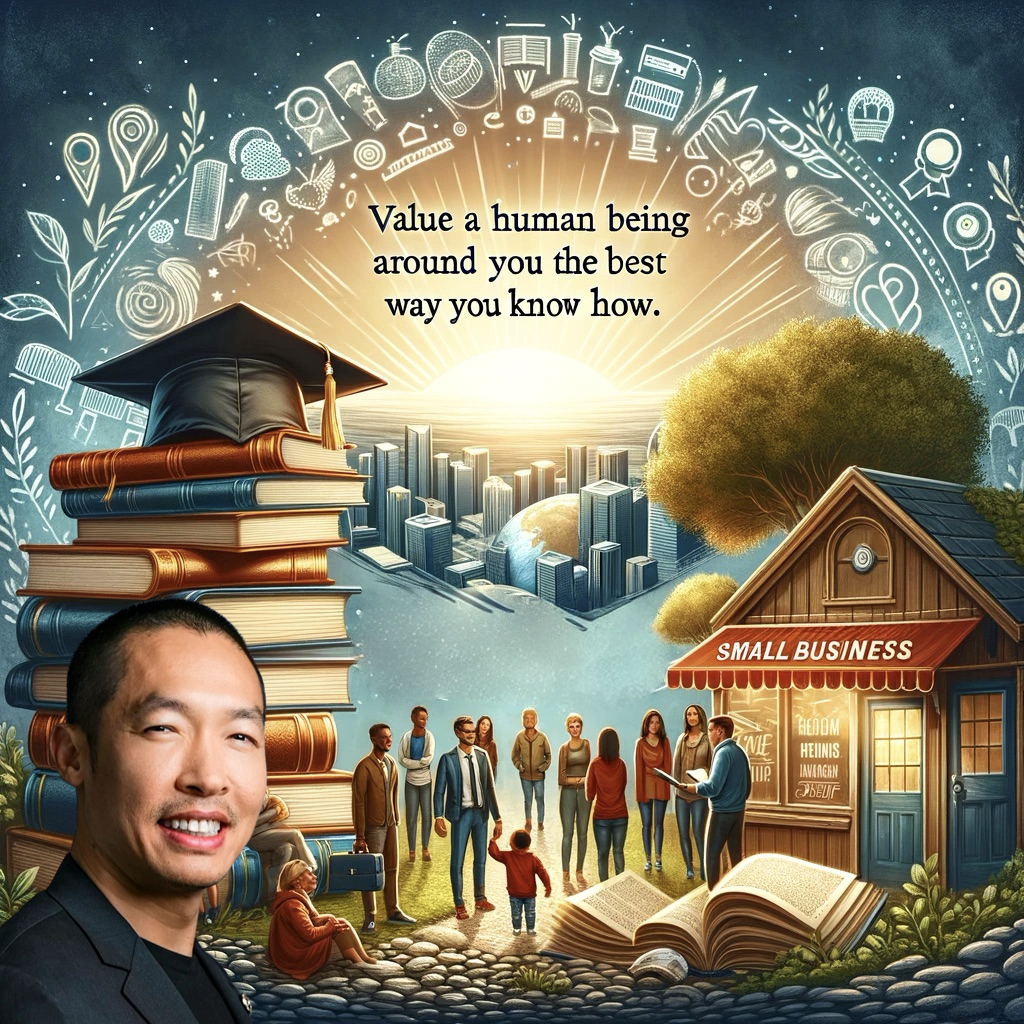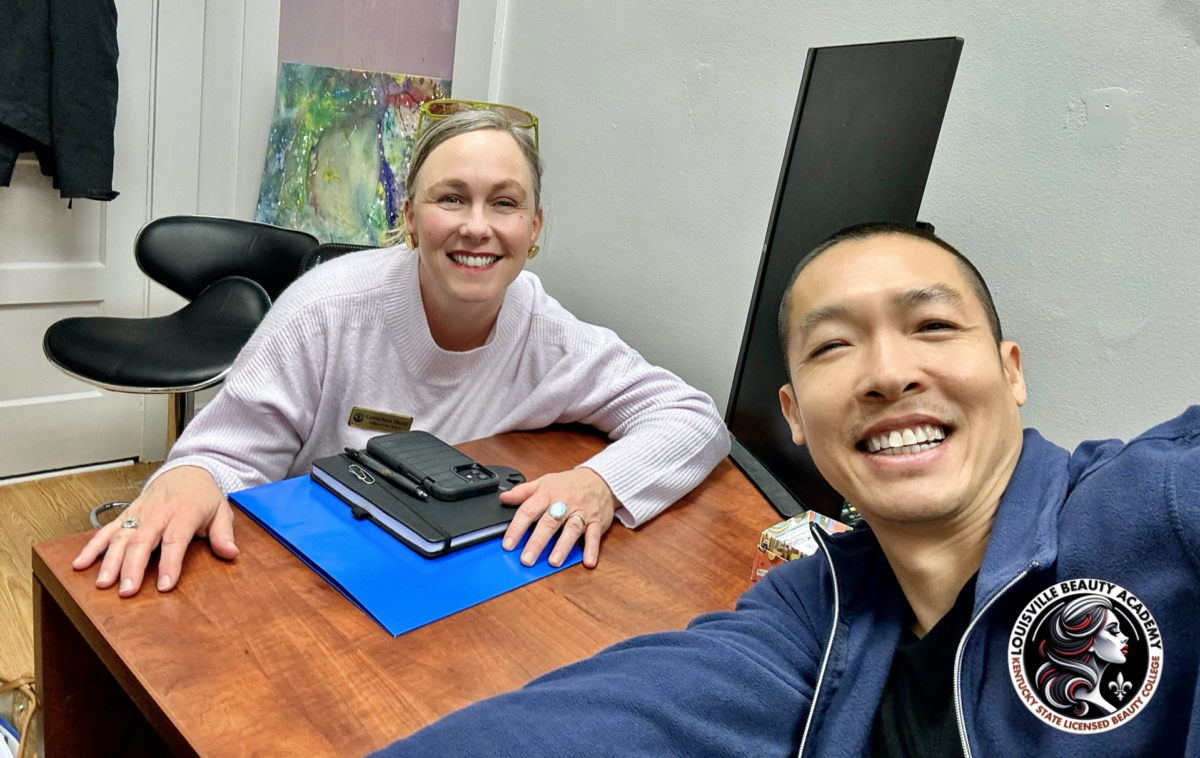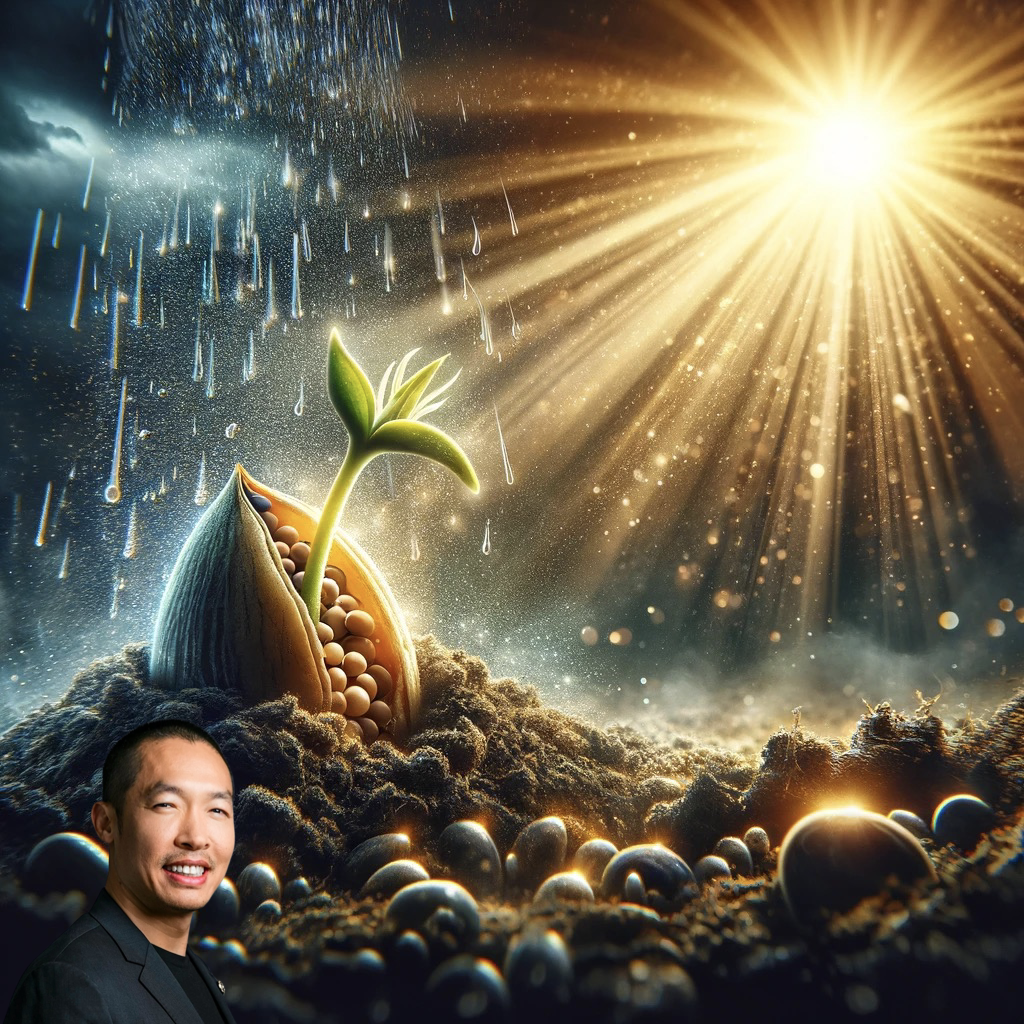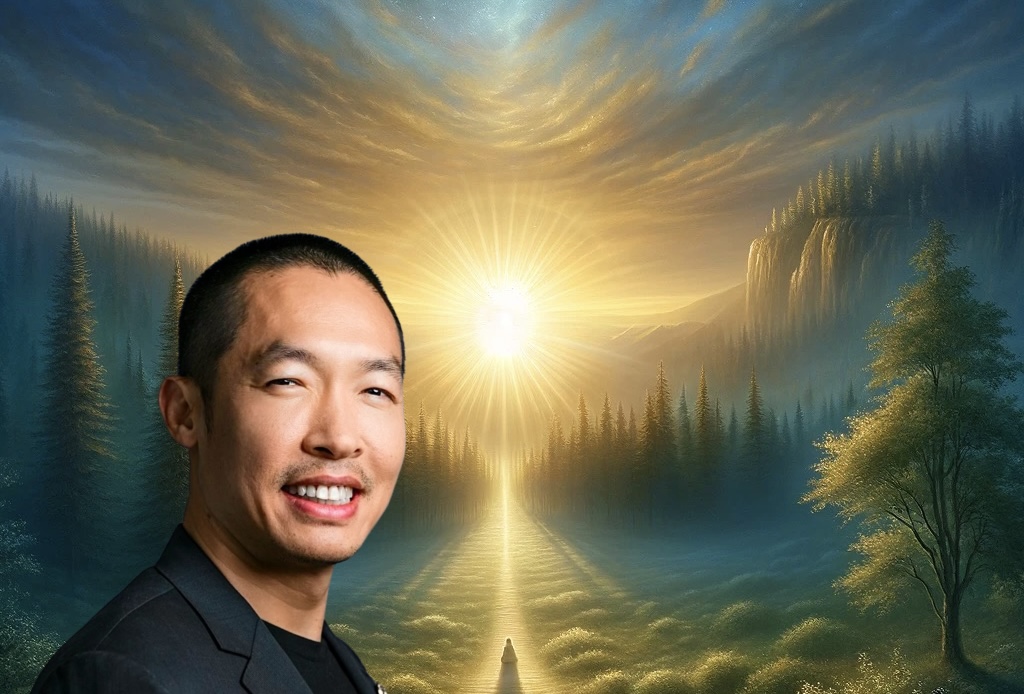In a world that often demands constant action and decision-making, the words of Abraham Lincoln, as shared by Wayne Dyer, offer a refreshing perspective: “I never have a policy sitting in that chair. I simply determine what is the greatest amount of sense each and every day.” This statement embodies the essence of two powerful concepts: Just Be and Be the Love.
Just Be: The Power of Presence
The idea of “Just Be” is about embracing the present moment and letting go of the need to constantly do or achieve something. It’s a reminder that sometimes, the best course of action is to simply be present and aware. This doesn’t mean being passive or inactive, but rather being fully engaged and attentive to what is happening right now. By adopting this mindset, we can navigate life with a sense of calm and clarity, making decisions that are grounded in the reality of the present rather than being swayed by past regrets or future anxieties.
Be the Love: Sharing Your Light with the World
“Be the Love” takes the concept of Just Be a step further by encouraging us to not only be present but also to embody love in our everyday actions. It’s about recognizing that love is not just a feeling but a state of being that we can choose to express in how we interact with others and the world around us. When we choose to be the love, we become a source of positivity, kindness, and compassion, creating ripples of goodwill that can inspire and uplift those around us.
Practical Ways to Just Be and Be the Love
- Mindfulness: Cultivate a practice of mindfulness through meditation, deep breathing, or simply paying attention to your senses and surroundings. This can help you stay anchored in the present moment.
- Gratitude: Start or end your day by reflecting on things you are grateful for. This practice can shift your focus from what’s lacking to the abundance of love and goodness in your life.
- Acts of Kindness: Look for opportunities to perform small acts of kindness, whether it’s a smile, a compliment, or a helping hand. These gestures can spread love and brighten someone’s day.
- Self-Compassion: Be kind and forgiving to yourself. Acknowledge your strengths and forgive your mistakes. Self-love is the foundation for sharing love with others.
- Connection: Spend quality time with loved ones, engage in meaningful conversations, and listen with an open heart. Genuine connections foster love and understanding.
By embracing the wisdom of Abraham Lincoln and the principles of Just Be and Be the Love, we can navigate life with a sense of purpose and peace. Let us strive to be present, to be love, and to share that love with the world each and every day.
